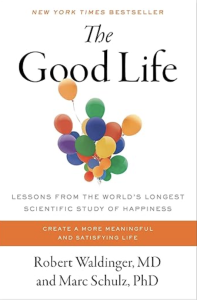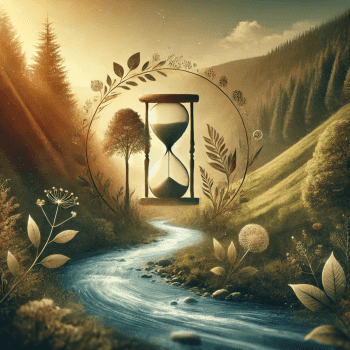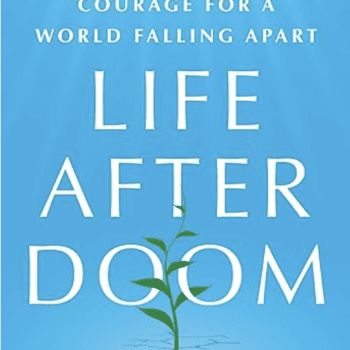The Longest Study on Happiness: What We Can Learn
I would like to invite us to reflect on a book titled The Good Life: Lessons from the World’s Longest Scientific Study of Happiness, co-authored by Robert Waldinger, a professor of psychiatry at Harvard Medical School and an authorized Zen master; and Marc Schulz, a psychology professor at Bryn Mawr College. They are also the current directors of the Harvard Study of Adult Development, which began 87 years ago in 1938 and is still going strong.
Their joint project began as a longitudinal study that aimed to follow the lives of two groups: 268 undergraduates at Harvard College and 456 inner-city boys from Boston (11). Over the decades, the study expanded beyond its original aims to include “three generations and more than 1,300 of the descendants of its original 724 participants.” They have also incorporated findings from similar studies worldwide (3).
The results of this decades-long research are of particular interest because most longitudinal studies last somewhere between several years to a decade and maintain only 30 to 70 percent of their participants. This study has lasted almost nine decades and has maintained an 84 percent participation rate (14).
The Danger of Comparison: Stop Measuring Your Life Wrong
From the close study of more than 2,000 lifetimes, what have these researchers discovered about how to live the good life? One of the clearest takeaways from having followed the lived reality of so many people over their full lifespan is that everybody’s life is complicated.
Our age of social media makes it possible to choose to post only perfectly curated photos, which can make it seem like other people’s lives are perfect. But there’s a lot of wisdom in the old saying that cautions against judging your life based on the surface appearance of someone else’s life: “Never compare your insides to everyone else’s outsides” (2).
If you have intimate access to look closely over time, you’ll find that every human being faces significant ups and downs: “turmoil, calm, lightness, burdens, struggles, achievements, setbacks, leaps forward, and terrible falls” (3). By no means are everyone’s difficulties the same, but every human being has to face losses and sorrows, trials and challenges (2).
That’s one potential negative resolution (something to try to do less of) in this new year: stop comparing your insides to everyone else’s outsides — or at least become more aware of when you do it. A moment of mindfulness — of realizing, “Oh wait! I just compared my insides to someone else’s outsides — is major progress. Instead of just being caught up in that habitual pattern, becoming aware of the dynamic makes it more workable.
So what is a potential positive resolution (something to try to more of) in this new year that comes out of this nine-decade study of more than 2,000 lifetimes? Interestingly, instead of a long list, there is one particular finding that has stood out as contributing most commonly to happiness, healthiness, and the good life:
It’s not career achievement, or exercise, or a healthy diet…. These things matter (a lot). But [in this decades-long study] one thing continuously demonstrates its broad and enduring importance:
Good relationships. If you’re going to make one choice, that single decision that could best ensure your own health and happiness, science tells us that your choice should be to cultivate warm relationships. Of all kinds (10).
This finding makes me think that instead of the first question people often ask being, “What do you do for a living?” we should start asking people something like, “What social groups and organizations are you a part of that you really enjoy?” (2).

Their big recommendation is that “the frequency and the quality of our contact with other people are two major predictors of happiness.” I know it can be hard to visit a new group for the first time, but I do encourage you to lean in toward discovering new groups where you might find some wonderful new relationships.
Relatedly, I should add one other important insight from modern psychology. Many studies have shown that most of us are bad at what social scientists call affective forecasting. That’s just a fancy way of saying that we humans tend to be bad at predicting how we’ll feel in new situations. In regard to potential new friendships, we tend to overestimate the messiness and unpredictability of getting to know someone and underestimate the beneficial effects of human connection. As a result, we tend to form fewer friendships, especially as we get older (36-37).
So, as you are reflecting on the relationships you already have (and the ones you may experiment with forming in 2025), the Harvard Study of Adult Development recommends a chart that looks like a giant “plus (+) sign” — just like the “x” and “y” axis from high school algebra — for evaluating whether your relationship with an individual or a group is good or not.
The vertical axis invites you to notice “How a relationship makes you feel.” The horizontal axis invites you to notice “How often that happens” (99).
At the top, “an energizing relationship enlivens and invigorates you” more often than not, and it gives you “a sense of connection and belonging.” It tends to leave you feeling better than you would have if you hadn’t met up with that person or attended that group meeting (100).
On the bottom, “a depleting relationship [more often than not] induces tension, frustration, or anxiety, and makes you feel worried, or even demoralized. It tends to make you feel lesser or more disconnected” than you would’ve felt if you were alone (ibid).
Think back on the people and groups in your life: which tend, on balance, to be energizing and which depleting? Moving forward, how might you increase or decrease the frequency accordingly? And what new people or groups might you experiment with to cultivate good relationships that might be more frequent and energizing?
















